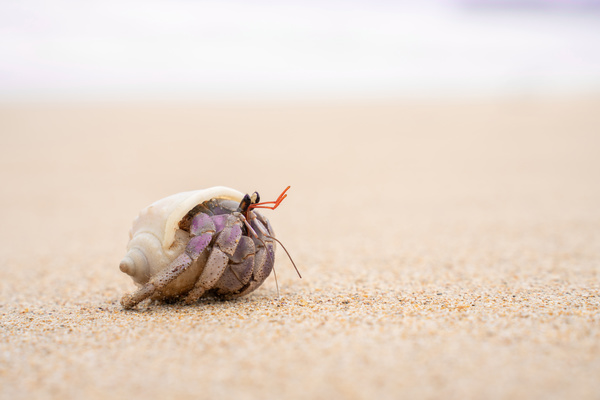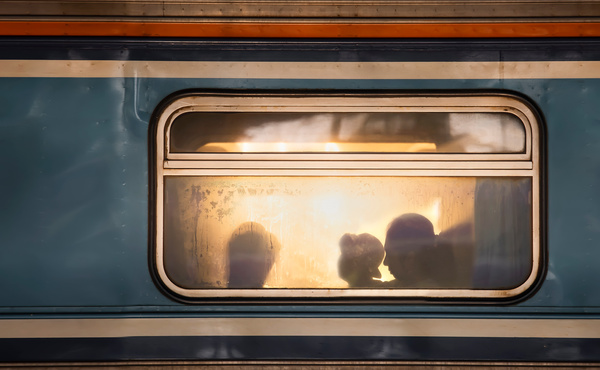
Mare by Emily Haworth-Booth

What the judges said
I was gripped by her very first description. The concept and her approach to it are really bold - she just goes for it! I loved it!' Sophie Hannah, novelist
'I loved her playful approach and admired how she switched between prose and prose poems. It sits outside the mainstream in a good way.' Sophie Lambert, literary agent
'Incredible, wonderfully weird and thought-provoking. I loved its take on gender and physicality, and our proximity to the natural world.' Natasha Onwuemezi, literary critic
- Extract from Mare
I was walking in the park with my friend who was a mother. I was imagining riding the horse on the same paths we were walking. I was imagining being higher up. The mother finished telling me about her baby and asked me how my projects were going. I said, clearing my throat, ‘I’m writing a book about a horse, about the horse. About her.’
I mumbled as I said it, so that my friend had to say, ‘Sorry, what?’, which made it seem as though she was interrogating the idea behind what I had said, when she had simply not heard me in the first place. As I repeated myself I could feel my face reddening.
I didn’t know how to describe who the horse and I were to each other, why she had come to matter so much to me, or why it was that I found myself embarrassed by the strength of my feelings.
It wasn’t that I didn’t believe humans could fall in love with things that weren’t human. I had read stories, after all, about the women who fell in love with a bear, with a tree, with the colour blue. With a lettuce so delicious they would give up their first-born for it.
In a sense I had given up my first-born for her, too, because the life I had chosen had led me away from my might-have-been baby and towards her.
Still, I did not think I could distil what had happened into a fable. Not yet.
The horse stories I had grown up reading were about gentle girls who stole wild horses away from wicked men. In secret, the girls tamed the horses with their pureness of heart. And because the characters lived in a moral universe, eventually the horses belonged to the girls.
I didn’t know what kind of story mine was yet, but it wasn’t that story. If there was a story here, a shape to what had happened and was still happening, I would have to discover it as I went. I would tell it to myself, first, and then, if it made sense, I would tell it to someone else.
When I began it, I saw that the story didn’t begin with her at all, but farther back. It could have begun anywhere, but I decided to begin it, for now, with the dog.
Not having a child hadn’t been so much of a problem when the dog had been alive. A lot of the time I had almost not noticed it.
When we first got the dog our friends had said, ‘You can practise on the dog, and if it goes ok, you can have a baby.’
I had never been sure how to measure ok – when the dog died of old age, tucking its lifespan neatly inside my own, did that mean it had gone ok?
The dog had never been intended as a practice baby. If anything he had been meant as the baby itself. It had been possible, with the dog, to make the joke, ‘I can’t believe he came out of me!’
How I did it
I sometimes feel as though I am a failed poet. I’ve always taken myself seriously as a writer and was a Foyles Young Poet at the age of 17, but never really progressed from there. Then I discovered the graphic novel form in my 20s and I thought, ‘Oh this is poetry, but with pictures!’ You have to be so aware of line breaks and rhythm in a graphic novel.
seriously as a writer and was a Foyles Young Poet at the age of 17, but never really progressed from there. Then I discovered the graphic novel form in my 20s and I thought, ‘Oh this is poetry, but with pictures!’ You have to be so aware of line breaks and rhythm in a graphic novel.
I’d always loved drawing but ended up doing an English degree because my art teacher wouldn’t let me do a GCSE – she said I worked too slowly. I kept on drawing, though, and did photography for the student newspaper, and I studied graphic design after my degree.
My income at that time came from admin jobs: first in the health service, then at the Royal Drawing School, where I started teaching drawing – I’ve been teaching a graphic novel course there for 15 years.
I spent my entire 30s working on a graphic novel of my own for adults – in the end it was 500 pages long. I had an Arts Council grant and I think I got a bit carried away...
I never felt properly qualified as an art teacher, so I did an MA at the Cambridge School of Art, which led to a commission from Pavilion Books for three picture books for children.
Mare emerged from a course led by the poet Rachel Long. She challenged us to write a prose poem about desire, so I wrote a love letter in second person to this horse I was looking after. It started off based on my own experience, but got longer and more fictional as I worked on it, going from second to third person, then to first person narrated by a fictional ‘I’ that wasn’t me any more.
When I told my husband about this competition, I said ‘I bet on the horses and won!'
EMILY HAWORTH-BOOTH teaches at the Royal Drawing School and mentors emerging author-illustrators. Emily has published three books for children and received an ACE grant for her graphic novel. She lives by the sea in Devon with her husband, dog and two horses.
Finalists
- Lagan & Derelict by Jessica Worsdale
- Becoming by Lorna Partington
- Boxall by Nicola Daly
Shortlist
- Louise Watts, The Blue Journal
- Mary McKeone, The Choice
- Clare Starling, Brittlegill
- Cara Clark, Wren
- Debra Torrington, Martha
- Sarah Lerner, Malaika
- Nazish Khan, God in a Butchers Shop
- Elisa Oh, A View of the Open Sky
Meet the winners of all competitions



